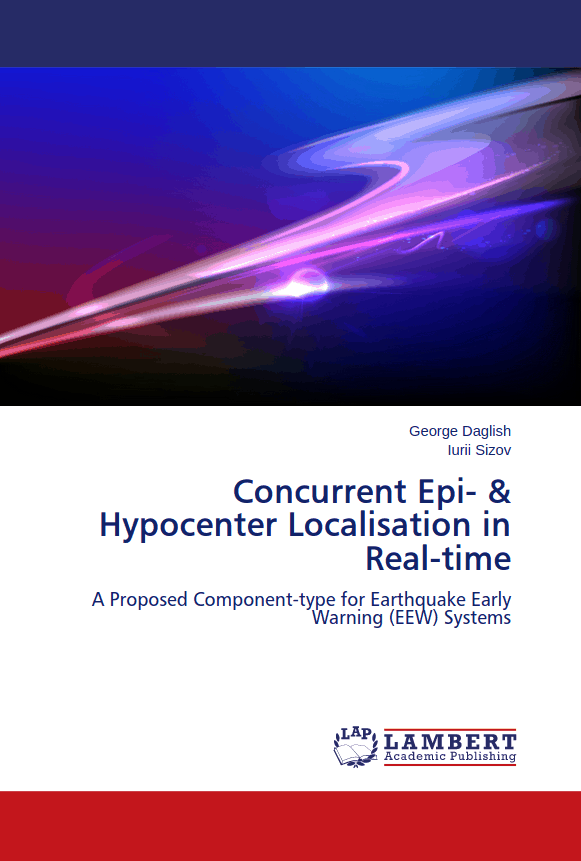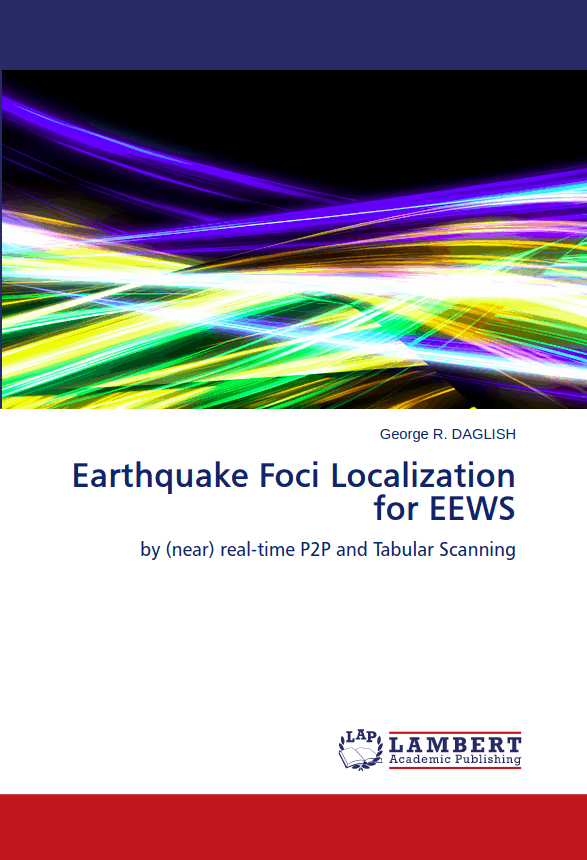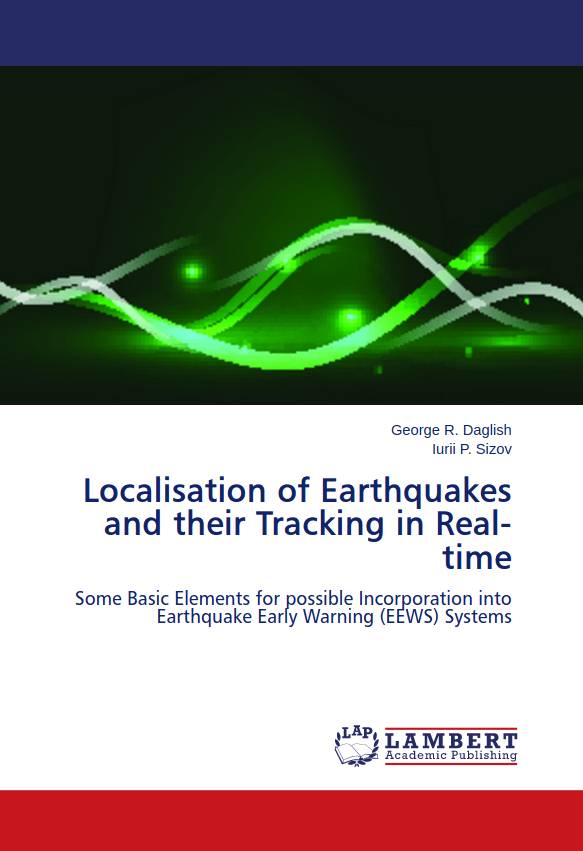About the Author
George Daglish
Having travelled first in N. Nigeria then extensively in Norway, Daglish gained a Bachelor of Arts (II.1 Honours) degree in Mathematics and Science. (Open University [UK] 1982) and subsequently progressed to Doctor of Philosophy in Applied Mathematics, (Birkbeck College, London, UK.1993). He then became a Fellow of the Institute of Mathematics and its Applications (FIMA), 2007. As an applied mathematician, he has worked close to the center of computer development from mid-1960’s. First with the Computer Laboratory at Liverpool University, then with Sperry UNIVAC and, following this, with the Defense Industry and Seismic Processors (Oil Exploration). When working with Camborne School of Mines [UK, 1981 and 1992] on a Geothermal Energy (“Hot Dry Rocks”) project, he initiated a new method for locating Micro-seismic Events. Some general Algorithmic Processes he has developed, (as programs), include: processing of Multi-static Sensor Nets; Cluster Analysis; Principal Component Analysis; Data Base Structures and statistics for Archaeological Analysis. He is now retired, has two married daughters and enjoys actively following research, currently, into Seismic topics.








